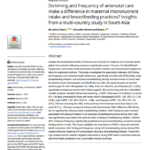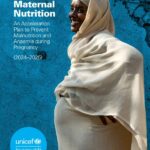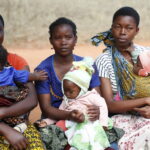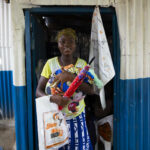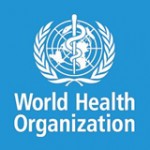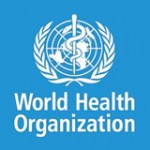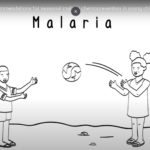The majority of maternal and newborn deaths and stillbirths occur around the time of birth. However, there are many opportunities during pregnancy to reduce these risks.
While traditional antenatal care (ANC) is understood mainly to focus on obstetrical issues, contacts with pregnant women also provide important opportunities to deliver other preventive clinical interventions as well as counseling and health education on birth preparedness, danger signs and appropriate response, key practices at household level during and after pregnancy, and family planning.
88
percent of women age 15-49 who received at lease one ANC visit during pregnancy globally (2016-2021)
65
percent of women age 15-49 who received four or more ANC visits during pregnancy globally (2016-2021)
All data on this page represents the most recent data available, unless otherwise noted. Please visit our Newborn Numbers page and download the Excel spreadsheet to explore the data further.
Opportunities for ANC
The prioritization of specific ANC interventions should vary by setting. For example, in areas of high malaria risk, intermittent presumptive treatment and use of insecticide-treated mosquito nets are very important. How we reach pregnant women with services and messages must also vary by setting. There are certainly advantages to having fully-qualified health professionals like nurses or nurse-midwives provide services; however many aspects of the needed services could be provided by cadres of health auxiliaries with less training. In some settings, greater reach is achieved by providing services on an outreach basis. Over the past 15 years, the standard model for ANC has been “focused ANC,” a four-visit schedule. In 2016 the World Health Organization reviewed this model and issued new recommendations.
Key Resources
- Updated WHO recommendations for malaria chemoprevention among children and pregnant women (2022)
- Ending Preventable Maternal Mortality (EPMM): A Renewed Focus for Improving Maternal and Newborn Health and Wellbeing (2021)
- WHO recommendations on antenatal care for a positive pregnancy experience (2016) + Executive Summary
